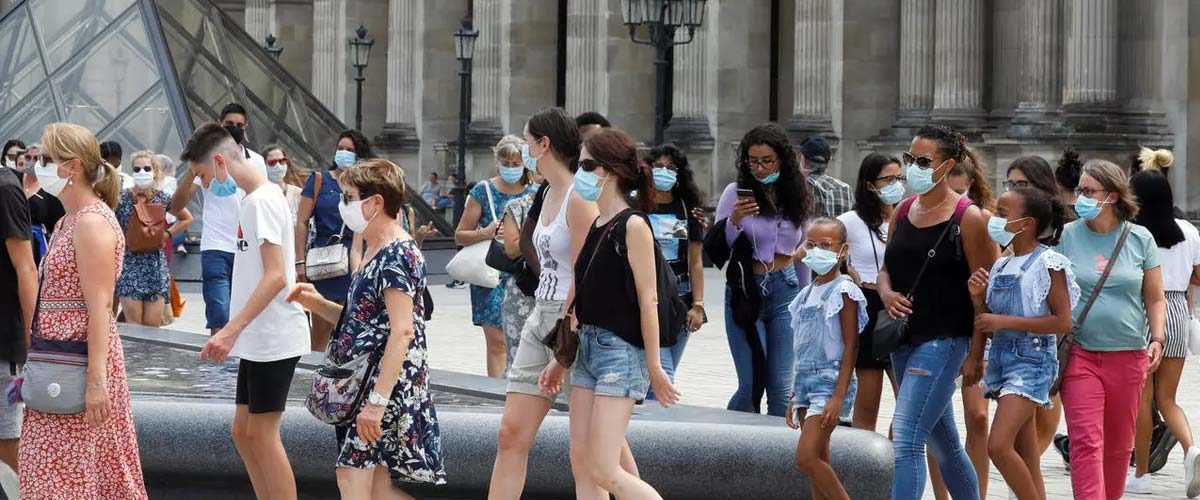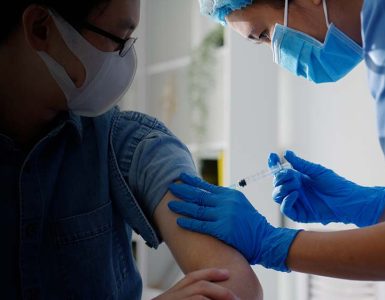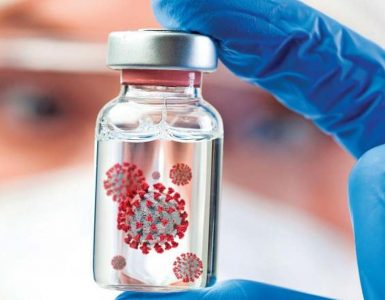The COVID-19 pandemic crisis has gripped almost the whole world. Severe acute respiratory syndrome coronavirus 2 (SARS-CoV-2) is responsible for causing coronavirus disease (COVID-19) which was emerged in China for the first time at the end of 2019. More than 29 million cases of COVID-19 have been reported worldwide, as of September 15, 2020. Presently, clusters of COVID-19 cases have been reported from US, India, Brazil and Russia.
According to Santé Publique France, the high incidence of PCR-confirmed cases was observed on early April with 50.1/100,000 and declined to less than 10/100,000 in early May. However, on late July the incidence rose again over this threshold and reached 75/1,000,000 in early September.
Marseille is the largest city in south of France and the second largest city in France. When the first COVID-19 case was documented in Marseille, institute implemented a strategy that is comprised of early and massive screening of SARS-CoV-2 infections and for treatment of COVID-19; they were using hydroxychloroquine and azithromycin.
World Health Organization (WHO), 2020 reported that Director – General of WHO called every suspected COVID-19 case for testing. Ministère des Solidarités et de la Santé, 2020 stated that, “In France, the generalization of SARS-CoV-2 PCR testing was officially authorized by the Ministry of Health on 4 May”.
A novel research was conducted by Philippe Gautret et al., 2020 in order to describe the characteristics of COVID-19 patients seen in March – April and June – August 2020 in Marseille, France with the aim to investigate possible changes in the disease between these two time periods. This research was published in International Journal of Infectious Diseases and for this research demographics, hospitalization rate, transfer to intensive care unit (ICU), lethality, clinical and biological parameters were investigated.

The results of this research demonstrate that hospitalization rate, proportion of patients transferred to ICU, and lethality rates were significantly lower in patients seen in summer than in those seen earlier. It has also been observed that COVID-19 patients seen in June – August were significantly younger and lymphocyte and platelet counts, fibrinogen and D – dimer levels were also significantly lower in patients seen in summer.
In summation, patients in the two periods did not present marked age and sex differences, but markers of severity were undoubtedly less prevalent in the summer period, associating with a 10 times decrease in the lethality rate.
















Add comment